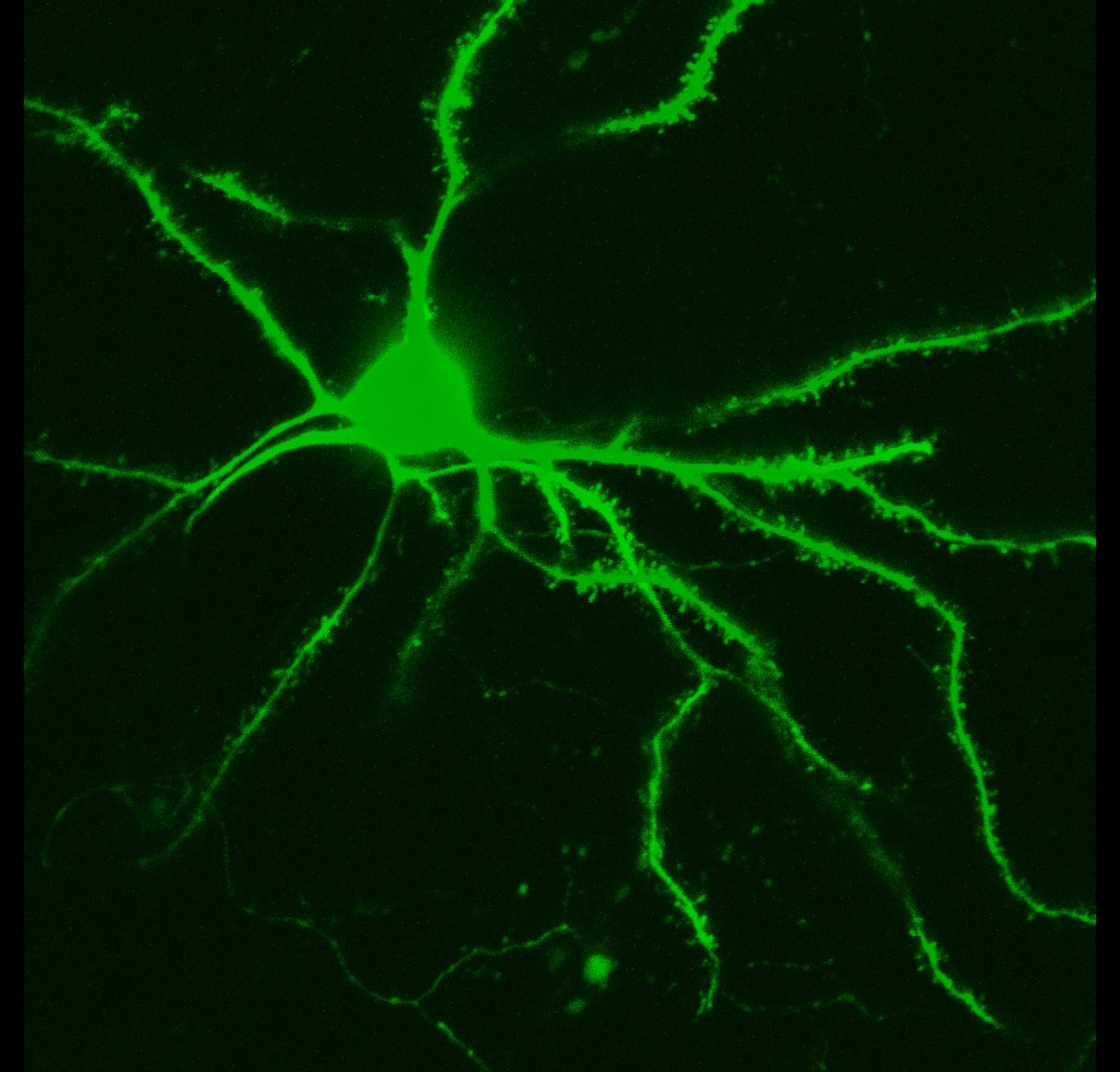Digital behavioral phenotyping has emerged as a promising tool for the early detection of autism, a neurodevelopmental condition that impacts social communication abilities. Traditional autism screening questionnaires have shown lower accuracy in real-world settings, particularly for children of color and girls, compared to research studies.
A recent multiclinic, prospective study evaluated the effectiveness of an autism screening digital application administered during pediatric well-child visits for 475 children aged 17 to 36 months. Of these children, 49 were diagnosed with autism while 98 were diagnosed with developmental delay without autism. The app utilized computer vision and machine learning techniques to quantify behavioral signs of autism, ultimately achieving a high level of diagnostic accuracy with an area under the receiver operating characteristic curve of 0.90.
The algorithm developed in this study displayed a sensitivity of 87.8%, specificity of 80.8%, negative predictive value of 97.8%, and positive predictive value of 40.6%. Remarkably, the algorithm maintained consistent sensitivity performance across subgroups defined by sex, race, and ethnicity. These results highlight the potential of digital phenotyping as an objective and scalable approach to autism screening in real-world settings. Additionally, combining digital phenotyping results with caregiver questionnaires could further enhance screening accuracy and help address disparities in access to diagnosis and intervention.
Autism, also known as Autism Spectrum Disorder (ASD), manifests with challenges in social communication and the presence of restricted and repetitive behaviors. Early signs of autism typically appear between 9 and 18 months of age and can include reduced attention to people, lack of response to name, differences in affective engagement, and motor delays.
Currently, children are screened for autism during their 18 to 24-month well-child visits using parent questionnaires like the Modified Checklist for Autism in Toddlers-Revised with Follow-Up (M-CHAT-R/F). However, research has shown that these screening tools may not be as accurate when used in real-world settings, particularly for girls and children of color due to low rates of follow-up completion by pediatricians.
While eye-tracking technology has shown promise in measuring attentional preferences for social stimuli in children with autism, it may not be sufficient as a standalone screening tool given the heterogeneous nature of the condition. This has led to the exploration of digital phenotyping tools, such as the SenseToKnow application, which uses computer vision analysis and machine learning to capture a wide range of autism-related behaviors in children.
By quantifying behaviors like gaze patterns, head movements, facial expressions, and motor behaviors, digital phenotyping can provide a more comprehensive assessment of autism symptoms. The potential of combining digital phenotyping with existing screening methods to improve accuracy and reduce disparities in autism diagnosis and intervention is a promising avenue for future research.

